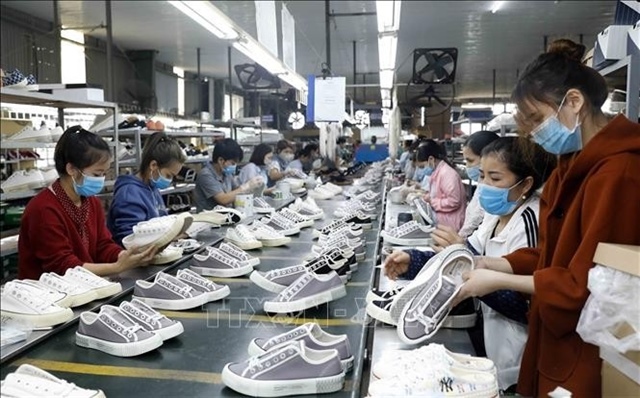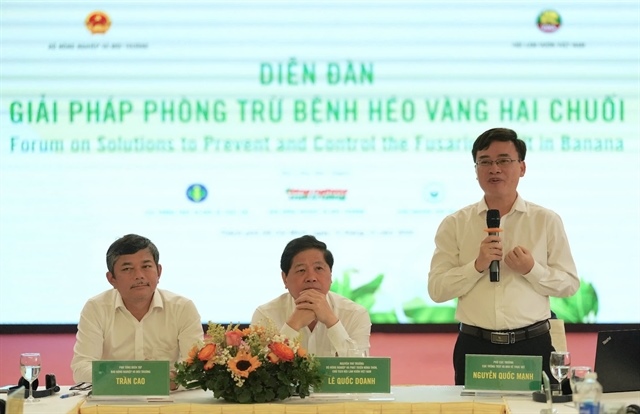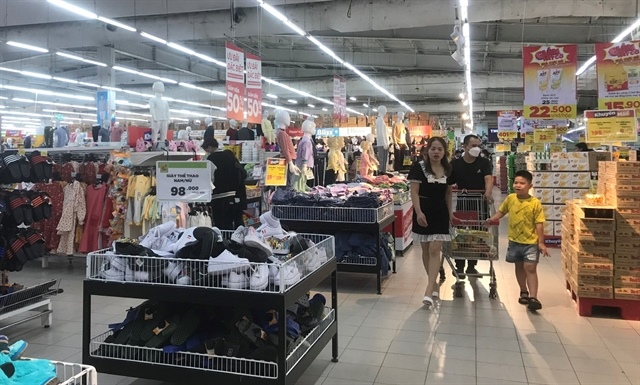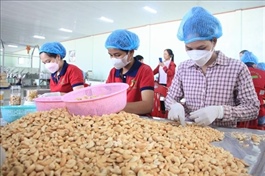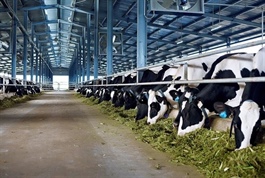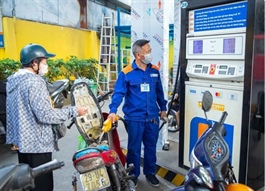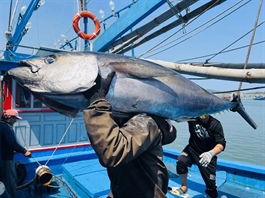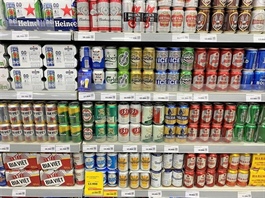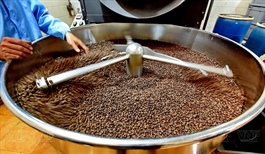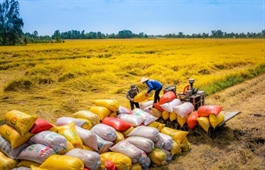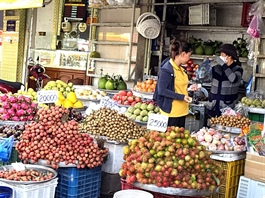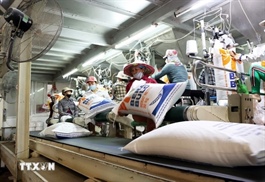Vietnam’s leather-footwear industry sees double-digit export growth in H1
Vietnam’s leather-footwear industry sees double-digit export growth in H1
Vietnam's leather and footwear industry posted more than $14 billion in total export value in the first six months of the year, reaffirming its resilience and strategic position in the global supply chain.
According to data from the National Statistics Office, the leather and footwear industry witnessed over a 10 per cent jump on-year in export growth.
Footwear alone accounted for around $12 billion, up 10.1 per cent on-year, while handbags, suitcases, and umbrellas contributed nearly $2.2 billion, marking an 11.6 per cent increase.
Vietnam is currently the third-largest producer of leather and footwear globally, manufacturing 1.4 billion pairs of shoes annually, behind only China and India.
|
In terms of exports, the country ranks second worldwide with 1.3 billion pairs exported each year, trailing only China.
The sector’s competitiveness stems from its effective utilisation of tariff advantages under 16 free trade agreements (FTAs) with major markets, combined with a large and cost-efficient labour force, where average monthly wages range between $181 and $200.
Despite challenges in 2024, ranging from pricing pressures and rising input costs to sustainability requirements and labour shortages, the leather-footwear sector still generated an impressive $26 billion in revenue, representing nearly a 10 per cent jump compared to 2023.
Looking to 2025, the industry has set its sights on 10 per cent on-year export growth, aiming to reach $29 billion in total export value.
To achieve this ambitious target, companies are accelerating the shift towards green and circular production models, enhancing environmental sustainability, and increasing the localisation rate of raw materials to meet increasingly stringent standards in key markets such as the EU and the United States.
Vietnamese footwear and handbags are exported primarily to core markets including the US, the EU, South Korea, China, and the UK. Among them, the US remains the largest importer, with 2024 export turnover reaching nearly $8.3 billion, a remarkable 15.6 per cent increase. Over the years, Vietnamese footwear has been subject to a 10 per cent export tax when entering the US market.
The US presence in Vietnam’s footwear manufacturing sector is notable, with many American brands operating production facilities in the country.
For example, Nike, one of the world’s largest sportswear companies, has made Vietnam its main global production hub.
Of the approximately 600 million pairs of shoes Nike produces annually, half are made in Vietnam.
At a conference in late May held by the Ministry of Industry and Trade, with the participation of an executive representative from the Vietnam Leather, Footwear, and Handbag Association, discussions focused on both the opportunities and challenges facing the industry.
The participants put forward a series of critical recommendations aimed at enhancing the sector’s competitiveness and export market diversification.
A recurring theme was the importance of human resource development, with a special emphasis on professional training in marketing and design, viewed as two core competencies for the industry to transition from contract manufacturing to owning products and building global brands.
To support this transformation, proposals referred to inviting international experts in fashion trends, consumer behaviour, and product design to Vietnam for direct training and consultancy.
Simultaneously, digital transformation in trade promotion was deemed essential. Applying technology to improve product traceability and information transparency is now vital to meet evolving demands from global consumers and regulators.
Another strategic priority is developing a more resilient domestic supply chain. This includes building specialised industrial parks to foster the supporting industries needed for leather and footwear production.
The objective is to reduce dependency on imported materials, and fully leverage the preferential tariffs provided under free trade agreements.
- 10:54 17/07/2025


